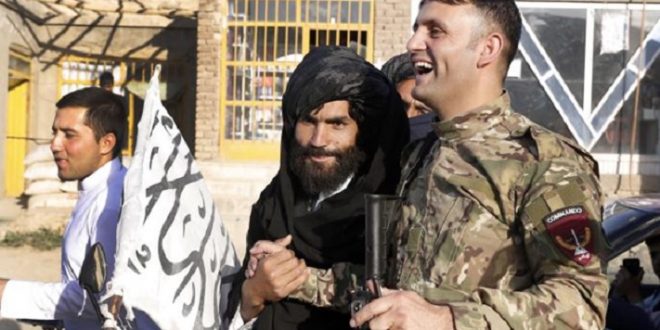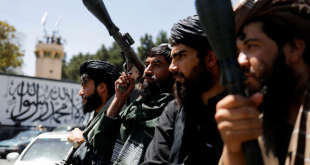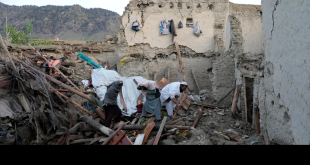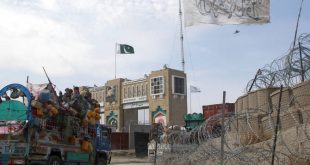The realization of the reduction-in-violence plan in practice by the US, the Taliban and the Afghan government has been one of the cheerful moments for Afghans across the country. The violence reduction scheme has revived the war-ravaged people’s hopes about peace. The reduced violence is relieving Afghans’ agony as they are enthusiastic about the prospects of finally living a peaceful life. Fortunately, no major violation has been recorded since the truce came into existence, which means everything is developing smoothly so far. As the period of partial truce kicked off on Friday, the US and Taliban, who have adopted a defensive mode instead, announced and confirmed that the reduction in violence would start at 12:00 am. This reduced violence is ultimately aimed at paving the way for inking a peace deal slated for February 29th. Afghan masses and politico welcomed the start of a weeklong reduction in violence across the country. This is while an online opinion poll revealed that ninety-six percent of people are happy over the beginning of a week-long reduction in violence while merely four percent of people doubted this decision. The partial truce is a goodwill gesture from the warring parties that helps in building trust among them and will consequently lead to a stable Afghanistan. Besides, there also hopes for an extension. NATO commander Gen. Scott Miller on Saturday expressed hope that the reduction of violence period would be extended so that the Afghan government and the Taliban agree on a long-term ceasefire. The status quo is a good omen for the future of our country as this conditions-based reduction of violence represented a victory for Afghans. After this significant step, the next path forward in the peace process is a negotiated political settlement between Afghans themselves. The US-Taliban peace deal wouldn’t yield fruitful results if the Afghan government, political figures and the Taliban don’t arrive at a consensus. However, the only issue that is still haunting the Afghans – and would probably prove a factor in stymieing and obstructing the steady development of the peace process – is the current post-election chaos among the Afghan leaders. As soon as the Independent Election Commission (IEC) announced the final election results, declaring Ashraf Ghani as the President of Afghanistan, a bitter election dispute spawned as Abdullah Abdullah rejected the election results and claimed victory, vowing to establish an inclusive government soon. In a recent development of events, Stability and Partnership team has started replacing government officials and ousting some of the sitting governors while introducing new ones in their place. The Taliban, who claim to have the writ of Afghanistan’s 70 percent of the territory, would reap the benefit of these crises. They are perhaps saying that if the leaders in Kabul cannot come to an understanding among themselves and don’t accept the democratic results, how are they the eligible leaders to steer this country? The insurgents might have already started formulating designs of how to topple the current administration as soon as they ink a deal with the US. The leaders should heed the gravity of the situation as they can’t afford to lose their mandate, something that would come at an extremely higher price for the Afghan masses.

 Afghanistan Times
Afghanistan Times



